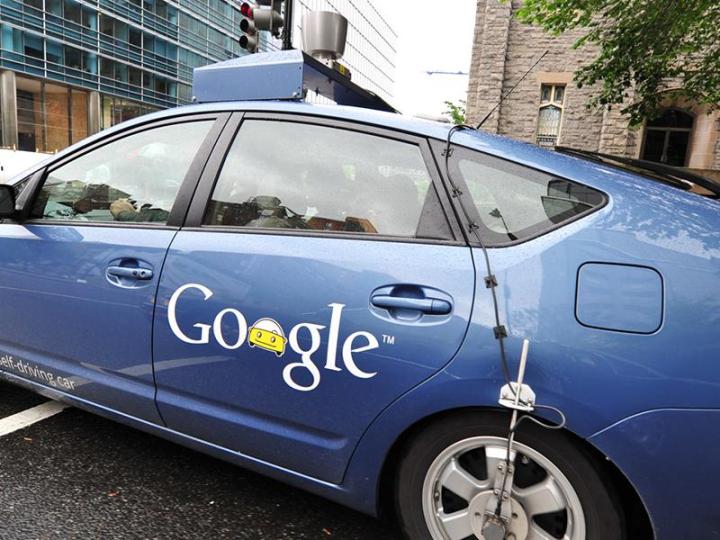
Imagine shopping for a car on the Web and then getting a free ride to the local dealer to pick it up; or clicking through on a restaurant deal that includes transportation to the venue. These are some of the possibilities opened up by Google’s latest patent filing, provisionally titled “Transportation-Aware Physical Advertising Companions.”
First spotted at Slashdot, the idea is that advertisers showing off their wares through Google can choose to include discounted transportation to pick up the goods, as long as the math works. Potential buyers might be more inclined to take advantage of a particular offer if they can click a “Get Me There!” button to have Google sort out transportation.
The algorithms underpinning the scheme would weigh up a user’s current location, the route required and the types of transport that are available (which could be anything from buses to driverless cars). For brick-and-mortar stores, location is crucial, and Google’s new idea could help bring more shoppers to their doors.
The patent application states: “The customer’s obstacles to entering a business location are reduced while routing and cost calculations are automatically handled based on the demand for the advertiser’s goods and potential profit margins.”
The U.S. Patent and Trademark Office granted the patent last week, although it was filed back in 2011. The inventors behind the idea are the same engineers responsible for many of Google’s driverless car patents, opening up another potential use for Google’s robotic vehicles.
As with other types of advertising, companies could choose to target particular groups of people based on the data Google has amassed. One example given in the patent is a theme park that would only advertise to users with children in tow. Would you be more tempted by an offer if transportation was thrown in?
Editors' Recommendations
- How to change your language in Google Chrome on desktop
- This new Google Chrome feature may boost your search history
- 10 free online storage services to claim your space in the cloud
- Google pledges not to use Fitbit data for ads to ward off EU antitrust probe
- Google Chrome will start blocking most battery-draining ads automatically


